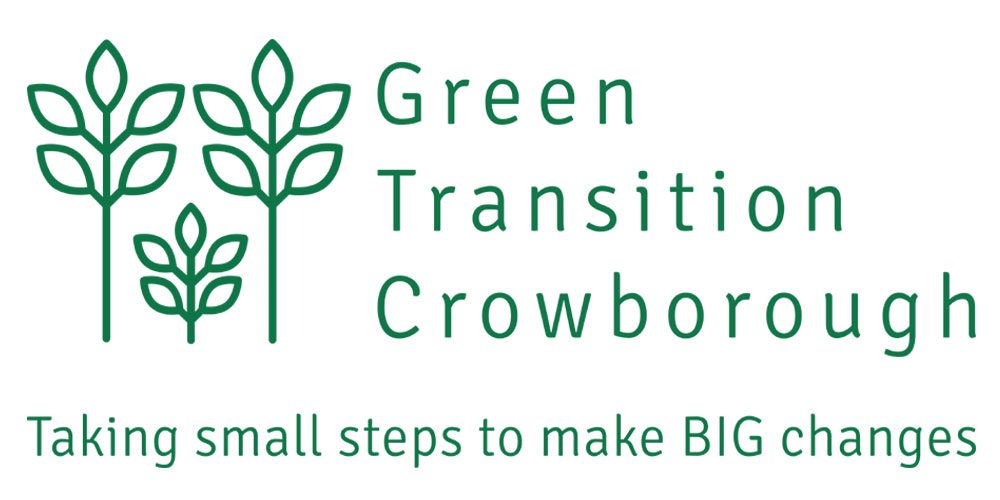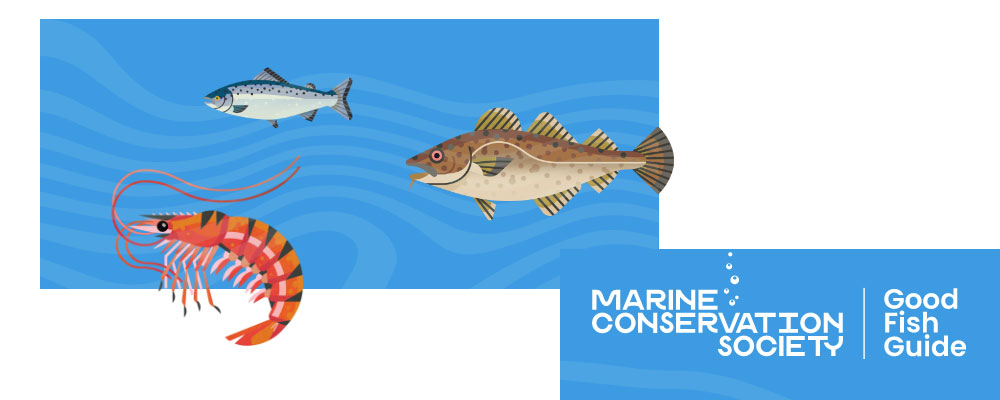Sustainable Eating is a subject you see come up regularly when reading about food and environment issues. It’s an interesting, but hard to nail down concept. After all if we’re thinking about what sustainable food itself means, are we referring to how food is grown or farmed? Where it comes from? What about the economy that sustains it and jobs that rely upon it? All of these things are key parts of sustainable eating. Generally speaking eating sustainably means embracing a series of principles and practices that enable our food consumption to be a little easier on the planet and able to endure economically and environmentally into the future.
Some of these principles differ depending on which organisation you’re looking at, but most generally agree on the following:
- Reduce meat and dairy consumption: meat consumption across the world has soared by 500% since the 1990s according to the WWF. Livestock rearing for meat and dairy products is notorious for many serious issues; including climate changing global emissions, animal welfare, and biodiversity loss as large swathes of forested land are cleared to become soy plantations for animal feed. From a health point of view reducing meat consumption and boosting our veggie and legumes (lentils, beans, chickpeas), would reduce calorie intake and provide a cash saving on our shopping bills.
- Reduce food waste as much as you can. As we outlined last time, the reduction of food waste is one of the most effective ways we can limit the impact of our food intake on the environment. Have a look at Love Food Hate Waste if you’re in need of some inspiration or just not sure where to start.
- Think bigger than ‘the Big Five’ fish: in the UK the most popular fish we eat are unsurprisingly the most overfished and stock-depleted, namely salmon, cod, haddock, tuna and prawns. ‘The Big Five’ as they’re sometimes called dominate sales of fresh and frozen fish in the UK, but with over 150 species of fish available in the UK market the Marine Conservation Society urges consumers to seek out more unusual species to reduce overfishing and support the local and national fishing industry. If you’re a regular fish consumer it’s worth checking out the MCS’s Good Fish Guide to see if there are better choices you can make.
- Eat a wider variety of fruit and vegetables: 75% of the world’s food supply comes from just 12 plants and five animal species. Broadening the variety of foods we eat helps us consume a wider range of nutrients, increases biodiversity, takes pressure off our current main food supply systems as climate change makes harvests more erratic, and supports farmers growing a more extensive variety of crops.
- Pin down the plastic: by which I mean, reduce your reliance on plastic packaging. This can be easier said than done and does rely on shoppers having their own supply of bags and tubs they can take to supermarkets when shopping for fresh produce. Annoyingly many supermarkets still have money saving offers only on their plastic wrapped produce making the environmentally friendly option also a more expensive one. There are campaigns intended to prod supermarkets into better options, these have already been successful in countries such as France, Spain and Portugal. Have a look at the Choose Loose campaign website and add your name to the petition to make this change happen in the UK.
The key thing to remember is that any small change you can make will still make a positive difference. Are there any eating or shopping habits that you’ve changed in order to eat more sustainably? Tell us about them in the comments below!

What’s in season this month?
One element of sustainable eating that all organisations seem to agree on is eating seasonably. Not only does that expand the range of fruits and vegetables we consume, but also means we can more easily support local producers. Here’s a few seasonal recipes from around the internet for you to try:
Asparagus: the asparagus season is short, usually around only six weeks from mid-April to June, it’s a labour intensive crop to grow but a delight to eat, this risotto recipe from Good Housekeeping quite rightly makes asparagus the star of the show.
Purple-sprouting broccoli: these hardy vegetables are still in season and best enjoyed in spring. Surprisingly versatile, they can be used in pasta dishes, gratins and frittatas, but I really like the look of this broccoli-based lunch from Delicious magazine.
Wild garlic: wild garlic is one of the most evocative smells of the spring, and a real promise of warmer days to come. Sadly not normally available in shops it’s worth having a look at this BBC Good Food guide to foraging for wild garlic and maybe trying out this delicious looking potato and wild garlic cakes recipe from Riverford Organics.



No responses yet